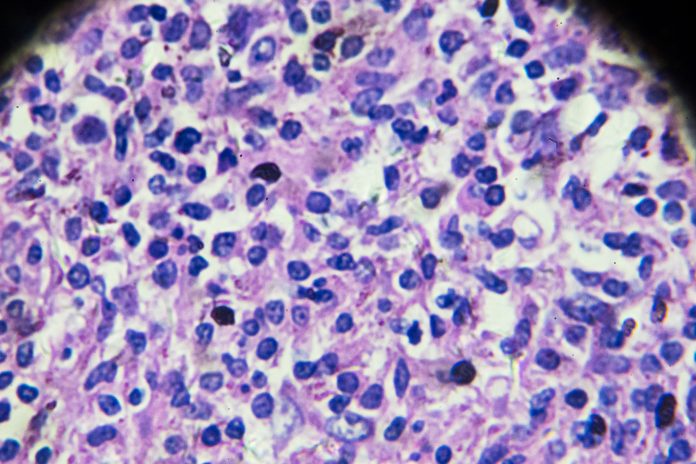
Researchers at the Hebrew University of Jerusalem have developed a groundbreaking blood test that detects Parkinson’s disease (PD) at its earliest stages—potentially years before the onset of physical symptoms. Published in Nature Aging, the study introduces a noninvasive, RNA-based diagnostic tool that offers high accuracy, accessibility, and cost-effectiveness—qualities urgently needed in the field of neurodegenerative disease detection.
A diagnostic challenge
Currently, Parkinson’s disease is diagnosed largely based on clinical symptoms, such as tremors, stiffness, and impaired balance. By the time these signs are visible, up to 70% of the dopamine-producing neurons in the brain’s substantia nigra may already be lost. Imaging technologies like PET or DaT scans exist but are expensive, limited to specialized centers, and still used relatively late in disease progression. Blood- and CSF-based biomarkers are being explored, but few have demonstrated sufficient specificity or scalability.
The researchers compare today’s Parkinson’s diagnostic state to where cancer diagnosis was 50 years ago—late-stage detection, when curative treatment is often no longer possible.
RNA fragments as early warning signals
In this context, the new test—developed by PhD student Nimrod Madrer and a collaborative team across Israel and the U.K.—offers a paradigm shift. The researchers focused on transfer RNA fragments (tRFs), small pieces of RNA traditionally dismissed as cellular debris but increasingly recognized as powerful indicators of cellular stress and disease.
They identified two key biomarkers:
- A rise in RGTTCRA-tRFs, a specific family of nuclear-derived tRFs linked to PD pathology
- A concurrent decrease in mitochondrial tRFs (MT-tRFs), reflecting mitochondrial dysfunction, a known hallmark of PD
By measuring the ratio between these two RNA types using a standard qPCR assay, the researchers could detect Parkinson’s in individuals who had not yet developed symptoms—with a strong diagnostic accuracy of 86% in validation trials.
The test was validated using samples from multiple international cohorts, including the Parkinson’s Progression Markers Initiative, one of the world’s leading longitudinal PD studies. Its dual qPCR format makes it feasible for routine clinical use, unlike more complex proteomic or imaging-based approaches.
“By focusing on tRFs, we’ve opened a new window into the molecular changes that occur in the earliest stages of the disease, ” said Hermona Soreq, PhD, professor of molecular neuroscience at the Hebrew University of Jerusalem and senior author of the study.
More than detection: Monitoring and mechanism
Interestingly, the test also appears to be responsive to treatment. In patients who underwent deep brain stimulation (DBS)—an established intervention for mid-stage PD—the RGTTCRA-tRF levels declined. This suggests that the test could eventually be used not just for diagnosis, but also to monitor treatment response and disease progression.
A game-changer for early intervention
Early diagnosis could be a game-changer in Parkinson’s care. As experimental therapies—ranging from neuroprotective agents to gene therapies—enter clinical trials, being able to identify high-risk individuals before motor symptoms appear becomes critical. By targeting the disease at its root, rather than its symptoms, researchers hope to slow or even prevent its progression.
The Hebrew University team has filed U.S. provisional patents for the technology and is now pursuing large-scale diagnostic trials to prepare the test for clinical rollout.
“This test has the potential to alleviate the uncertainty faced by patients and clinicians, offering a reliable and rapid method to identify the disease in its earliest stages,” Madrer concluded in a press statement.








![Best Weight Loss Supplements [2022-23] New Reports!](https://technologytangle.com/wp-content/uploads/2022/12/p1-1170962-1670840878.png)




